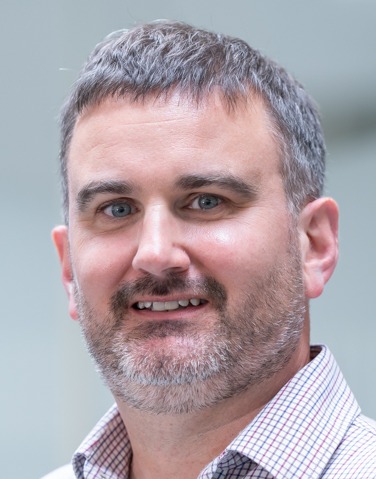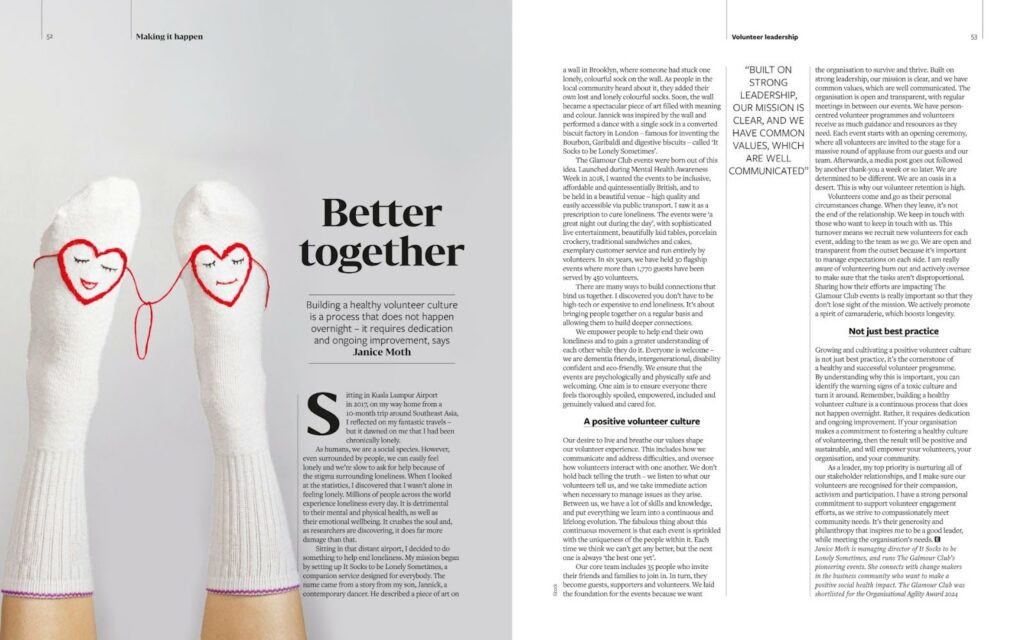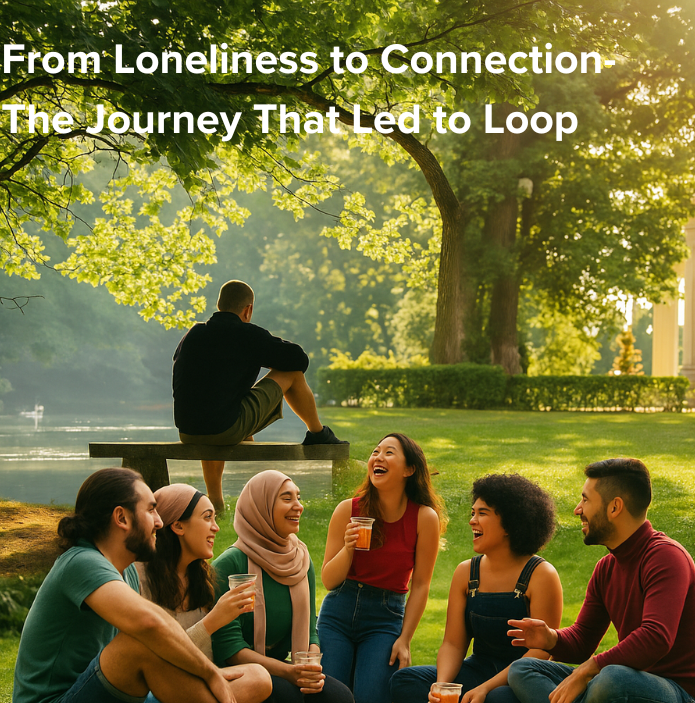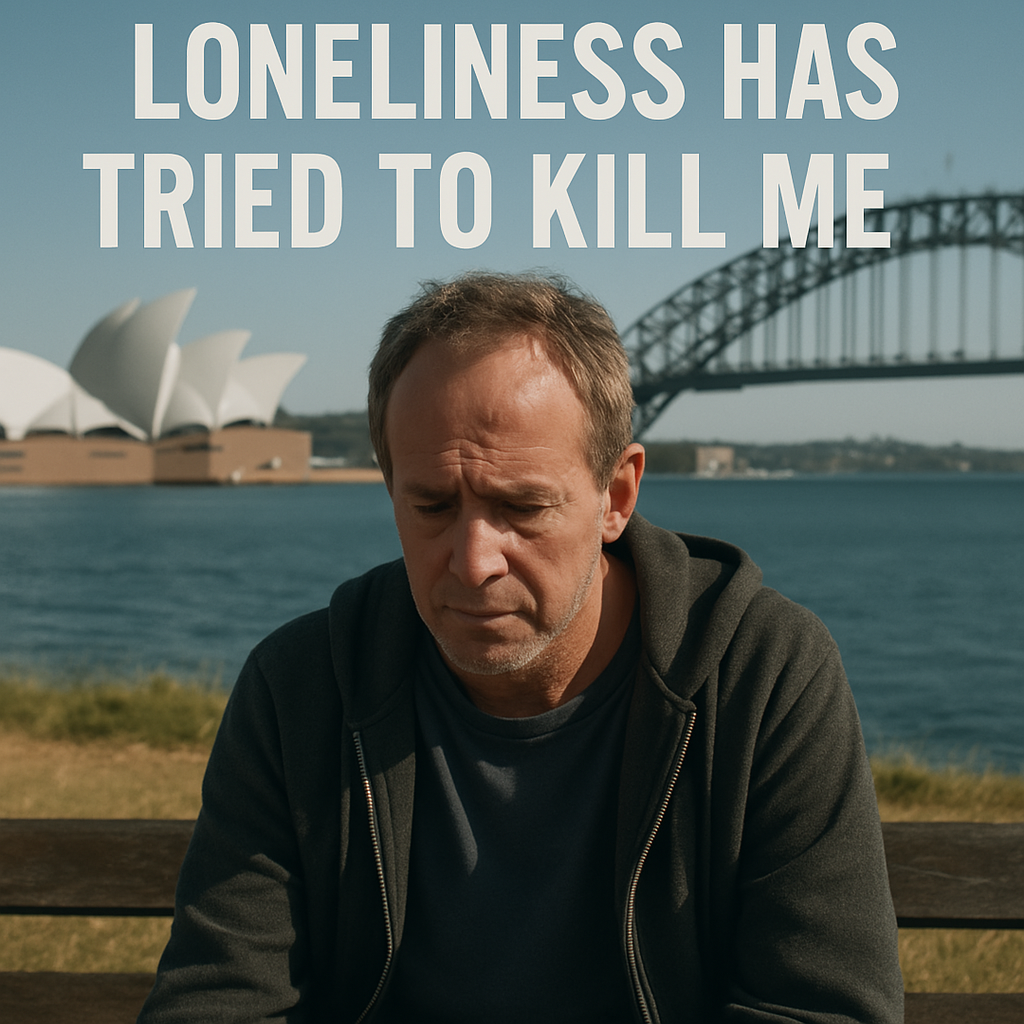Could Social Prescribing be a ‘cure’ for loneliness?

Through New Narratives, we’ll explore the multi-faceted nature of loneliness by sharing research, insights and stories from as many perspectives as possible, not only to help bridge the gap between isolation and connection but to also enrich our community’s understanding of loneliness.
Today’s narrative has been written by Chris Dayson, Professor of Voluntary Action, Health and Wellbeing in the Centre for Economic and Social Research (CRESR) and co-lead of the Research Pillar at the Advanced Wellbeing Research Centre (AWRC) at Sheffield Hallam University.

What if when you visited your GP the first thing they asked you was ‘what matters to you’ rather than ‘what’s wrong with you’? What if the number one aim of our health services wasn’t to fix us when something goes wrong but to enable us to be happy and healthy so that we don’t need as much fixing in the first place? What if community assets – voluntary organisations, community groups and other neighbourhood-level activities – were an integral part of our health systems and had the resources they needed to thrive rather than simply survive?
Social prescribing is one mechanism through which these goals could be achieved. So how does it work, and could it be a ‘cure’ for loneliness?
The first stage: an NHS referral
Social prescribing often starts with a standard appointment with a healthcare professional such as a GP who identifies people who might benefit from non-clinical support. These are usually people who are being treated for a health or mental health condition, where the medication can only take them so far. They often make regular visits to their GP not just because they are unwell but because they need emotional and social support. Often the lack of this support can exacerbate their condition or lead to loneliness which we know is one of the main social determinants of health.
In many cases the NHS has already given them all the medical treatment they can, and the patient just needs someone with the time to sit down with them and find out more about their needs and wider interests. This is time that many health professionals simply don’t have. That’s where the link worker comes in.
The second stage: the link worker
Once a patient has been identified, their GP refers them to a link worker who is attached to their surgery. The link worker spends time getting to know the patient, finding out about their needs and interests and identifying local community activities and support services for them to access. The link worker can also help people to overcome barriers. For example, if there’s a craft group in the next village but the patient can’t get to it, they can provide help to access transport.
The third stage: community assets
The final piece of the social prescribing jigsaw are the voluntary and community groups that the patients join. Many operate at a hyper-local neighbourhood level and are supported by volunteers. Whether a group is based on walking, art, games or any other interest, they all provide social support and a sense of purpose which can be crucial in alleviating the symptoms of ill-health and improving wellbeing.
Does social prescribing help with loneliness?
There is some good evidence that social prescribing can reduce loneliness in the right circumstances. A systematic review of the impact of social prescribing initiatives on loneliness found that they are often viewed as helpful by both participants and service providers. Social prescribing participants frequently report feeling less lonely and more connected to others. GPs and other health professionals view social prescribing as a valid model to deliver person-centred and some even view social prescribing as the best possible approach to successfully address loneliness. This chimes with some of my own research which has shown how voluntary sector interventions can be really effective for addressing loneliness and mental health.

What’s working well and what needs to be improved?
On the face of it, social prescribing seems like a win-win: patients benefit from better health and wellbeing and healthcare professionals have more time to support people with their medical conditions. However, there are concerns that many social prescribing models do not pay sufficient attention to or provide resources for the community assets that are vital in its success. I’ve been involved in a number of research projects recently – for example studies exploring green social prescribing and community involvement in social prescribing – which have raised concerns about the sustainability of community assets to support social prescribing without additional investment in their capacity to provide services and meet complex health needs.
Other research I’ve been involved in has shown that when community assets do receive investment to play an active role in social prescribing it can lead to more positive outcomes and ensure patients with complex needs are supported effectively. In response, we’ve outlined a number of steps that are needed to ensure community assets can play an enhanced role within social prescribing systems in the future:
- Build better relationships health professionals, link workers and community organisations so that they have a deep understanding of each other’s roles.
- Take time to establish trust between residents, community organisations and key parts of the health system.
- Develop formal ways of working between health professionals, link workers and community organisations based on co-designed referral pathways, information sharing and feedback loops.
- Invest sustainably in community assets, recognising that the current NHS social prescribing model has not paid enough attention to this issue. We think that developing shared investment approaches, that include partners beyond the health system, could be a key factor in unlocking greater investment.
If health and care systems were committed to enacting these steps then there’s a good chance that social prescribing could play a vital role in addressing the loneliness epidemic affecting communities across the UK.
Biography

Chris Dayson
Chris is Professor of Voluntary Action, Health and Wellbeing in the Centre for Economic and Social Research (CRESR) and co-lead of the Research Pillar at the Advanced Wellbeing Research Centre (AWRC) at Sheffield Hallam University. His research focuses on local voluntary and community action and contribution it makes to health and wellbeing. He is a leading international expert on the topic of social prescribing and part of the National Academy for Social Prescribing’s International Evidence Collaborative. Within CRESR and AWRC Chris leads a portfolio of research projects for funders including the Arts and Humanities Research Council (AHRC), the Medical Research Council (MRC) and National Institute for Health Research (NIHR).





Responses